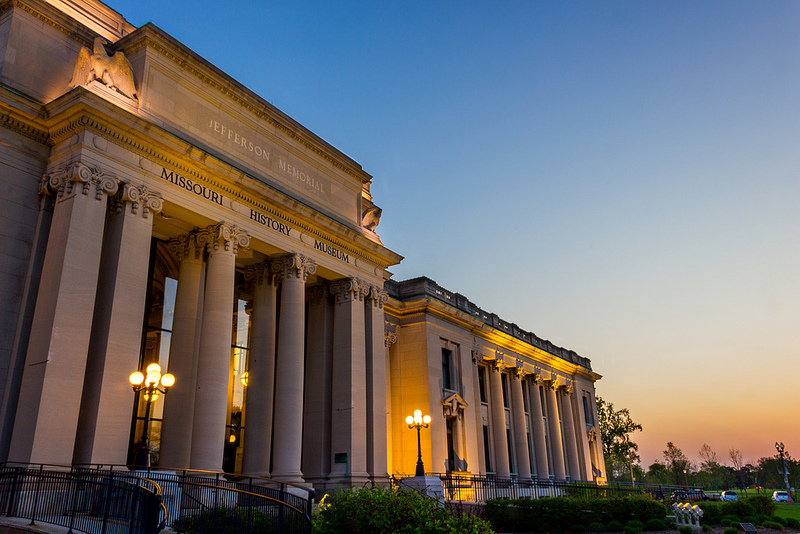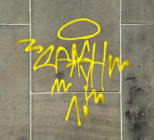To accomplish this workshops are held in many cities, an annual ICMS conference is organised somewhere in the world and publications are made available on the ICMS-website. There are around 150 members within ICMS and the number is growing every year.
During all sessions the board and the members make it clear that they do not know the answers on all security questions, but together they can find the answer. Somewhere in the museum world there is a member of ICMS, who had to deal with a similar or the same problem and he or she can provide the solution. It is just a matter of “using the ICMS network”.
The world is quickly changing around us and the threats to museums and our cultural heritage are divers and changing too. In many discussions the first reaction is to install more CCTV-camera’s to give the answer to the possible threats. ICMS stresses that this is the wrong approach. The first step is always to make an analysis of the risks. Find out if there is a risk and what the risks are. What can be done to diminish the risks or to limit the consequences. And find out if you can and will accept the costs to counter the threats.
After the risk analysis, which can be made by yourself or preferably by an objective professional, you as the director or owner decide which priority will be given to which risk. The solution for each risk has to be found in the tripod “Constructional measures, Electronic measures and Organisational measures”. Never restrict yourself to take measures only in one field without considering the other two.
Technical solutions can be found everywhere and in all prices: camera’s, motion detectors, smoke detectors, object security, electronic locks, etcetera. Going to a commercial company for advice will certainly be a great help, but be aware of the hidden costs in the quotes. Do not start a job if you don’t know exactly what has to be done and what will be done. Quotes by more than one company will differ strongly. It could be a good idea to let an objective outsider have a look at the quotes before you make the final decision.
Measures on the construction side can vary from building improvements to showcases. Decide beforehand what kind of security windows you would like and which you can afford. Keep in mind that changing the glass windows most likely will result in changing the window frames. Security glass comes in many varieties from burglary proof to bullet proof. Decide what and where you want this glass i.e. expensive security glass in windows more than 20 feet above ground level is almost certain a waste of money.
The same decision has to be made for security glass in showcases. There are numerous cases of thefts in museums or private historic houses where showcases were not safe at all and after one blow with a rock or hammer the jewels or other artefacts were stolen.
The weakest link in the chain of security is always the person working in your museum or house. This is not alone the person working in the security, but every person in your organisation.
Research by international police organisations has proven that in 84 percent of all reported and solved crimes of art thefts own personnel was involved in that crime. So be aware and screen your personnel not only during the first intake but regularly. In the present time of recession it is so easy to make a little money by “helping” a criminal with an art theft.
Back to top









